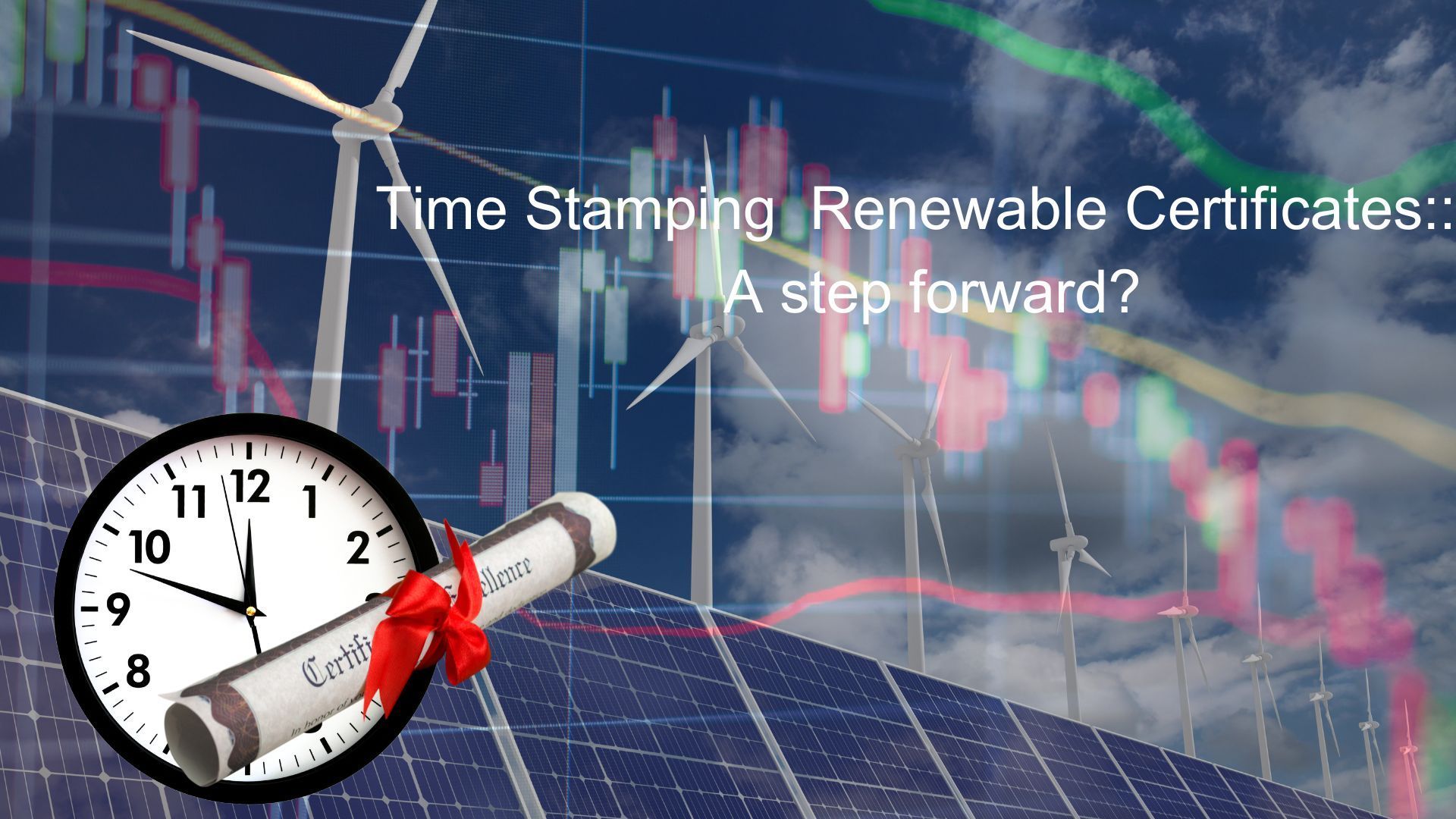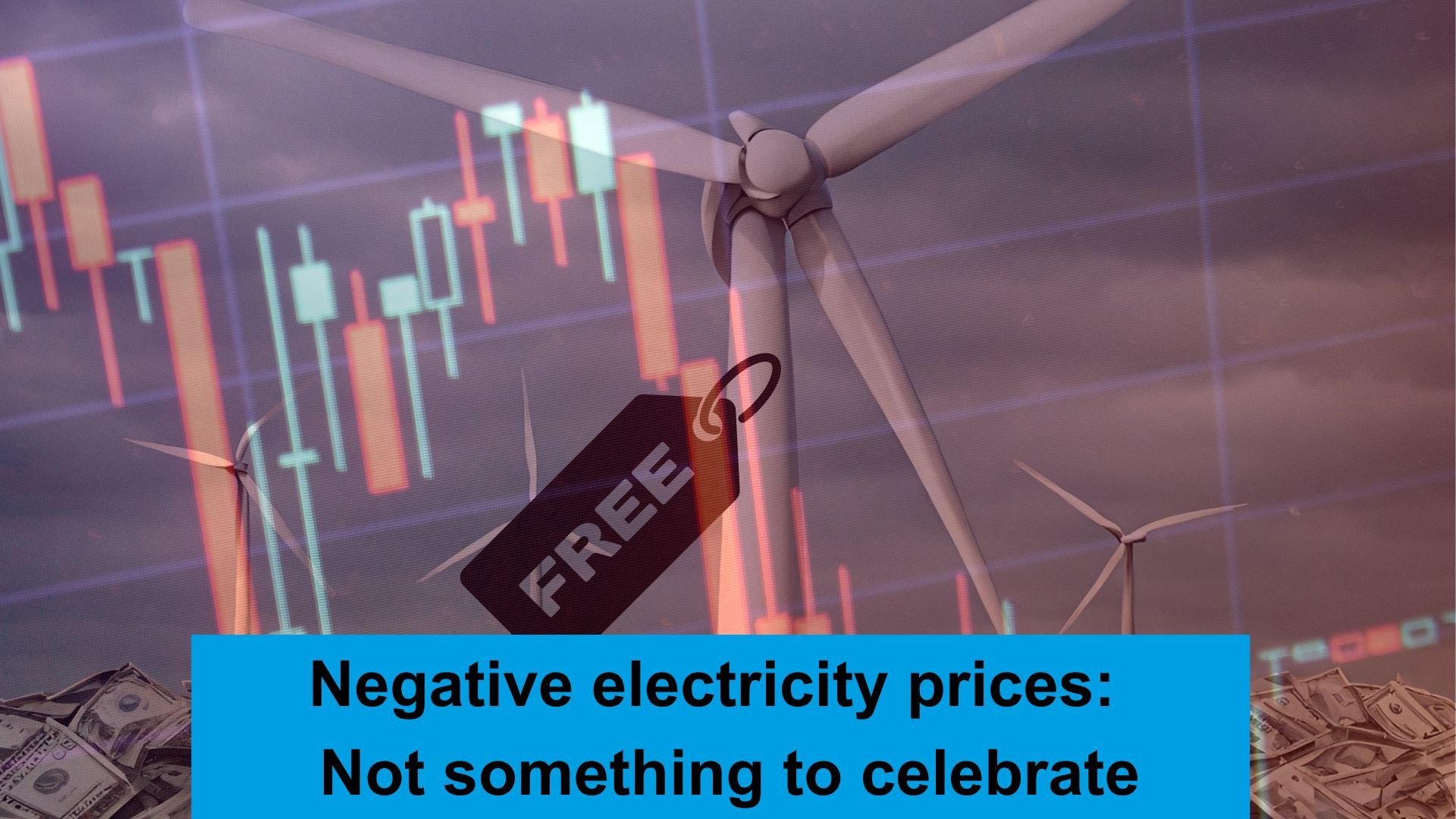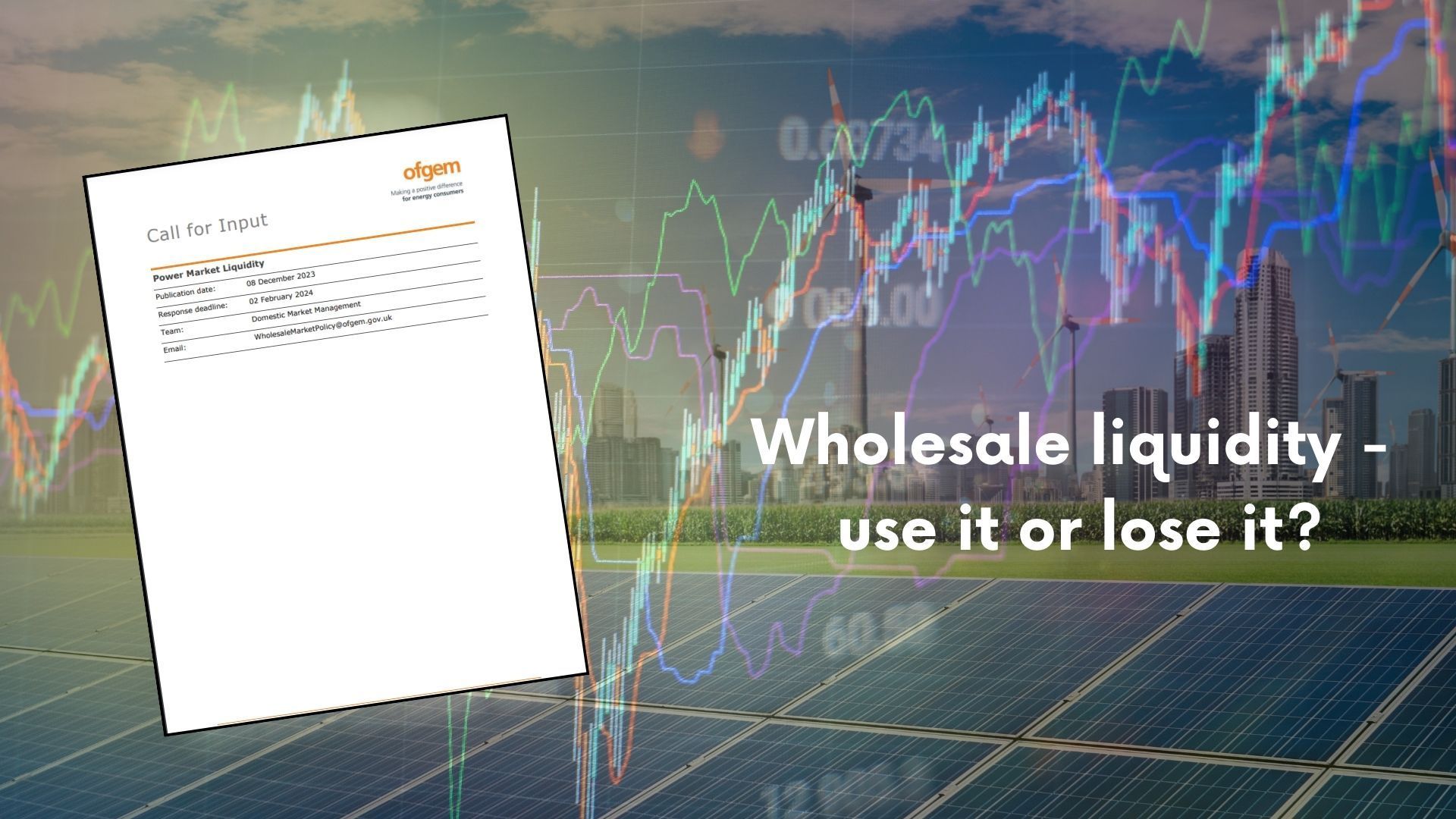𝐇𝐨𝐰 𝐥𝐨𝐧𝐠 𝐬𝐡𝐨𝐮𝐥𝐝 𝐲𝐨𝐮 𝐟𝐢𝐱 𝐞𝐧𝐞𝐫𝐠𝐲 𝐩𝐫𝐢𝐜𝐞𝐬 𝐟𝐨𝐫?

The challenge facing the energy markets are many, and not least amongst them is long term pricing (even outside the current crisis).
Recent events show that ultimately, end consumers of all sizes want long term certainty that allows them to budget; which aligns pretty well with what generation owners want as well - to finance their assets. So why is there such a gap created by the market that bridges the two ends of the physical world?
For years there has been, and continues to be, a regulatory push towards making prices more volatile to provide an incentive to reduce carbon utilisation. The central argument is that prices will be lower at time when low carbon generation is higher – which may or may not be true depending on how you allocate capital costs.
To be fair to the regulators, their desire is to make prices more volatile in the very short term, whereas current events are increasing both short- and long-term prices; making it impossible for anybody to avoid the impact of price volatility and high prices,
The extreme options for price fixing are ultimately:
𝐃𝐨𝐧’𝐭 𝐟𝐢𝐱 𝐚𝐭 𝐚𝐥𝐥…
Ultimately, there is a price settled for balancing energy which varies by half hour and is determined by real-time market dynamics. Depending on how its branded this is either a default or dynamic-time-of-use price.
𝐅𝐢𝐱 𝐚𝐬 𝐟𝐚𝐫 𝐚𝐬 𝐩𝐨𝐬𝐬𝐢𝐛𝐥𝐞
The longest realistic price fix is the lifetime of a generation asset – which could be 20+ years. This price is likely to be either a fixed cost per month for the capacity, or for the very brave a fixed cost per MWh generated – making it similar to the way the CfD scheme operates.
𝐈𝐬 𝐭𝐡𝐞𝐫𝐞 𝐢𝐬 ‘𝐫𝐢𝐠𝐡𝐭 𝐚𝐧𝐬𝐰𝐞𝐫?
No, what’s right for one consumer or generator won’t be right for another. Understanding your needs and aspirations will create a need – and while beating the market may be fun and create short term value, its probably not the most important consideration for investors or consumers.
For advice and support in finding your right answer get in touch. Our 𝟒𝟎 𝐃𝐚𝐲: 𝐏𝐨𝐰𝐞𝐫, 𝐏𝐫𝐨𝐟𝐢𝐭 𝐚𝐧𝐝 𝐏𝐞𝐫𝐟𝐨𝐫𝐦𝐚𝐧𝐜𝐞 𝐏𝐫𝐨𝐠𝐫𝐚𝐦𝐦𝐞 provides board level strategic clarity. Based on real world experience, and management of major portfolios through times of turmoil we can provide clear guidance on the right approach for you. We're not brokers, and are truly independent.
Share this on social media
All Rights Reserved | Cielo Energy
REG NO: 11992760 | ICO REG NO: ZA757421










